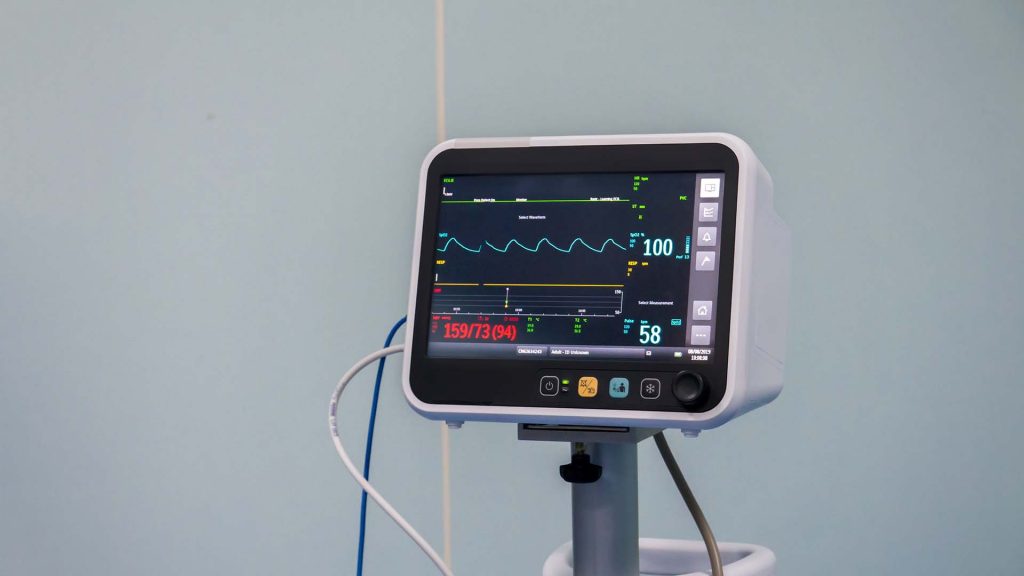Addiction is a disease that plagues millions of people each year. Recently, many different technologies and medications have been developed to fight the opioid crisis and give hope to those suffering from substance abuse disorder. One of those medicines, Naloxone, has been spread widely across the United States over the past few years. Narcan stations have been established nationwide, and more medical facilities are accepting and carrying it as a cure for an overdose.
What Is Naloxone?
Naloxone, tokened as the “opioid antagonist,” is a medicine that is designed to rapidly reverse a drug overdose. Once administered, the Naloxone should attach to opioid receptors to block the effects of other drugs.

Since Naloxone is such a delicate drug, people must have at least some training before thinking about using it on themselves or a loved one. Otherwise, it could be dangerous or ineffective — it should not be used as a treatment for drug use and will not have any effects if used on someone without opioids in their system. If you or someone you know has been prescribed an opioid by a doctor or is using one such as heroin illegally, it might be a good idea to get trained by a medical professional or publication. During the training you’ll learn all about what Naloxone does to the body, how to use it, and what not to do.
Purpose and Effects
Once Naloxone enters the system, it can quickly remove the side-effects that come from an overdose. Someone is likely suffering from an overdose if they:
- Have small pupils
- Are breathing shallow
- Are severely sleepy
- Have blue lips
- Have floppy limbs
- Are snoring or gurgling
How To Use It Safely
Naloxone should be given to anyone showing the above signs of an overdose. It can be done by a medical professional or even a family member/friend. If you or someone you know has been prescribed opioids by a doctor or is suffering from a substance abuse disorder, you should carry a device at all times. If you administer Naloxone, you’ll need some online or in-person training to learn how to do it properly — this way, you’ll be prepared in case of an overdose. You will learn one of three FDA-approved delivery methods for the medicine: injection, auto-injection, or nasal spray.
Types of Naloxone Delivery Methods
- Injectable: Usually done by a doctor — a dose is drawn from a vial then injected under skin or into a vein
- Auto-injectable: Designed for non-doctors — a pre-filled device injected into thigh muscle that comes with an instructional recording
- Nasal Spray: Designed for non-doctors — requires no assembly, sprayed into the nostril while someone is lying down. Otherwise known as Narcan
Accessing Naloxone
If you believe it is necessary to get Naloxone for you or a loved one, there are plenty of routes you can take to afford it. Here are just a few options:
- May be covered by insurance
- Can be purchased at some pharmacies without a prescription for less than $20
- Cost assistance programs by drug companies
- May be carried by local health departments
- Low-cost kits from community organizations



